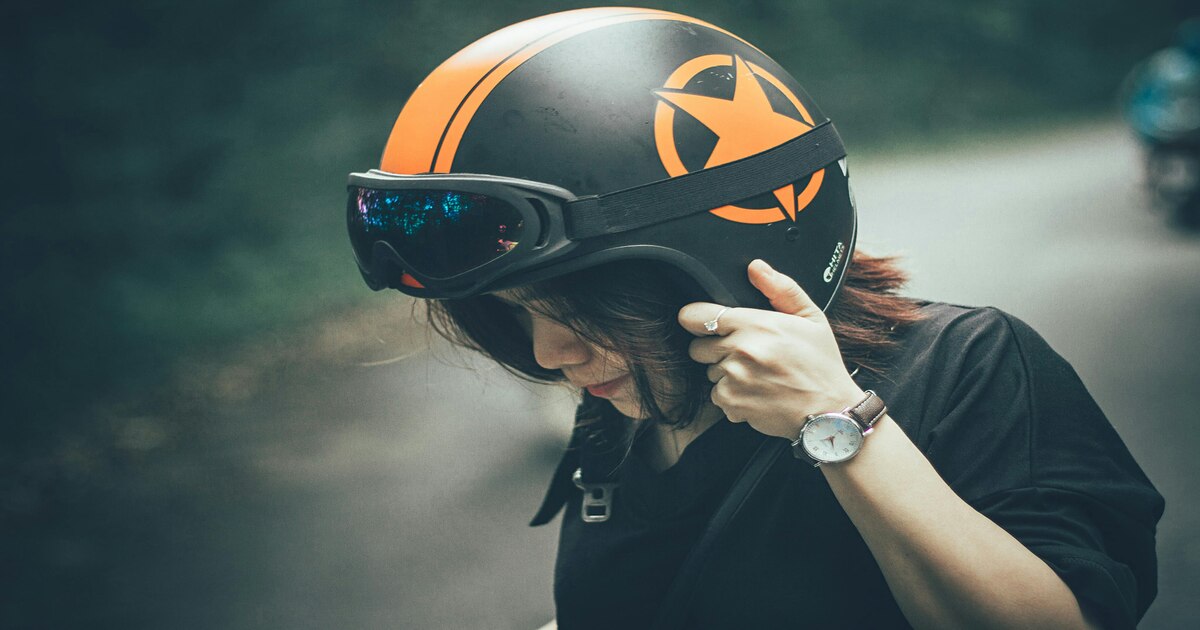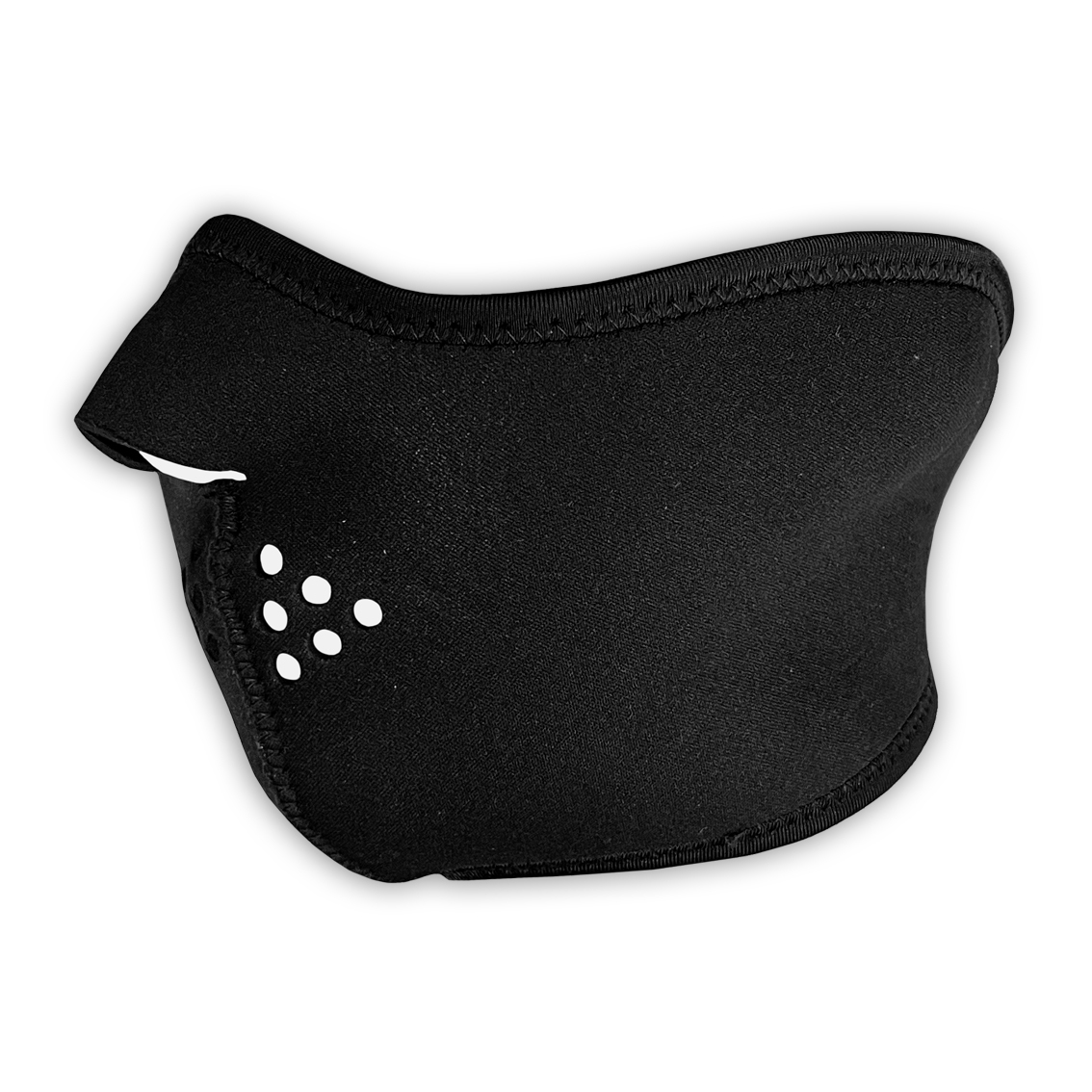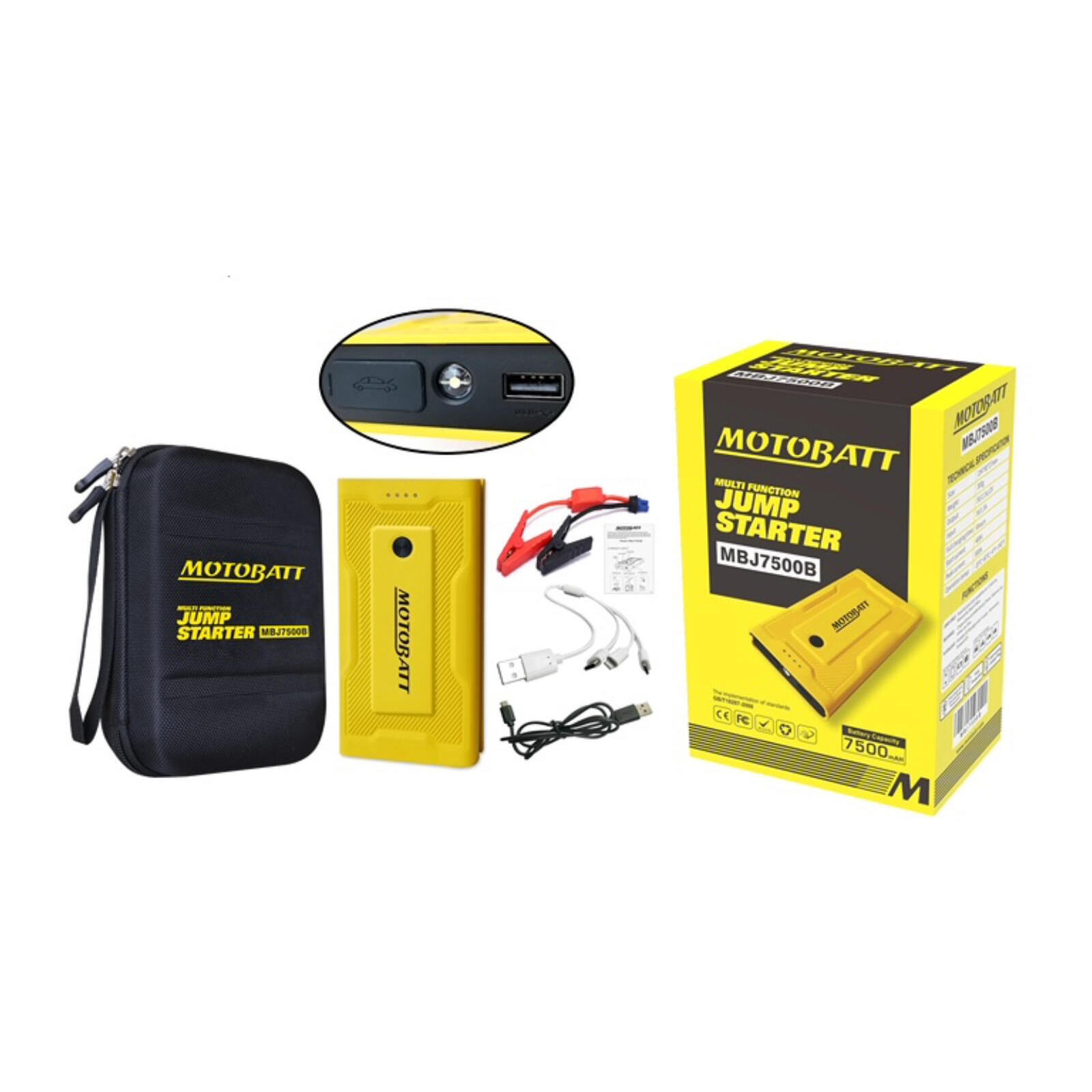Is It Safe to Use a Half-Face Helmet?
Date Posted:14 February 2024


When it comes to motorcycle helmets, safety is paramount, so understanding the distinct characteristics of each type of helmet is crucial. That’s what we’ll do in this article - we’ll delve into the pros and cons and decipher the safety implications of donning a half-face helmet on the open road. But first, let’s define what we mean when we say half-face helmets.
Defining a Few of Terms
How motorcycle helmets protect you from impact is based on science. How bike helmets are called and classified is… not. In other words, people tend to use similar terms for totally different types of motorcycle helmets, so let’s clear up the terminology first.
Half-face helmets are also called open-faced helmets or 3/4 helmets. They protect the top and back of your head and the sides of your face, while leaving your face and chin exposed. You can probably imagine how these terms come about.
When compared to full-face motorcycle helmets, they cover about half of your face when you include the sides, so they get called half-face helmets. They leave the front of your face open, so others call them open-faced helmets. And because they cover about 3/4 of your entire head, they’re called 3/4 helmets.
However, half-face helmets are not the same as half helmets. Half helmets are also called skull caps or brain buckets. They are the smallest type of helmet that protects just the top of your head and don’t cover the back, face, or chin. That being said, some people will probably use half helmets to refer to half-face helmets, but these terms are not synonymous for us here because the distinctions are significant.
With that out of the way, let’s give an overview of the features of half-face helmets.
The Characteristics of Half-Face Helmets
The characteristics that set half-face helmets apart from other types are:
Strategic Coverage
As we discussed, half-face helmets strike a balance in their design, covering the top and back of the head and cheeks. This strategic coverage ensures essential areas are shielded while preserving an open design that leaves the face and chin exposed. The deliberate balance is for riders seeking both protection and an unencumbered riding experience.
Absence of Chin Bar
It's crucial to note that half-face helmets do not incorporate a chin bar, distinguishing them from their full-faced counterparts. While the absence of a chin bar contributes to the open and liberating feel of these helmets, it does leave your chin exposed.
Added Accessories:
Many half-face helmets come equipped with visors or goggles, enhancing their functionality. Visors provide protection against wind, debris, and insects, contributing to a more enjoyable and secure riding experience. Goggles serve a similar purpose, offering an extra layer of eye protection while complementing your style.
Chin Strap Functionality
Most half-face helmets have a secure chin strap, an essential component that ensures a snug and comfortable fit. The chin strap plays a pivotal role in keeping the helmet securely in place during rides, preventing unnecessary movement and providing an additional layer of stability.
Ventilation
The open-faced structure allows for optimal airflow, preventing the buildup of heat and ensuring comfort during rides. This characteristic makes them particularly suitable for warm weather conditions, where you can enjoy the breeze without compromising protection.
The Pros and Cons of Half-Face Helmets

Now that we’ve discussed the characteristics, let’s talk about the pros and cons of half-face helmets and how they compare to other types.
The pros of half-face helmets:
- Good Protection: While not as comprehensive as full-face helmets, half-face helmets still provide solid protection for the top, back, and sides of the head. This makes them a safer option compared to half helmets with minimal coverage.
- Increased Ventilation: Half-face helmets provide excellent airflow, keeping you cool during warm weather rides. The open design minimizes heat buildup, offering a more comfortable experience, especially on long journeys or in hot climates.
- Enhanced Visibility: With an exposed face, these helmets offer unobstructed views, promoting better peripheral vision. You can easily check blind spots, which contributes to heightened awareness and overall safety on the road.
- Lightweight and Compact: Half-face helmets are generally lighter and more compact than their full-face counterparts. This makes them convenient if you prefer a less cumbersome option without losing too much on safety.
- Affordability: Because they are typically more budget-friendly than full-face helmets, half-face helmets offer a cost-effective option for riders seeking protection without breaking the bank. This affordability makes them accessible to a broader range of people.
- Ease of On and Off: The design of half-face helmets makes them easy to put on and take off. This convenience adds to the overall user-friendly nature of these helmets, especially for riders who value efficiency in gearing up for a ride.
Cons of half-face helmets:
- Reduced Face Protection: The primary drawback is the limited protection of the face. In the event of a crash, the exposed face and lack of a chin bar may lead to higher vulnerability compared to full-face helmets.
- Limited Weather Protection: While excellent for warm weather, half-face helmets offer less protection in adverse weather conditions. Rain, cold, or strong winds can affect your comfort and force you to get additional gear.
- Noise and Wind Disruption: The open design can result in increased wind noise, impacting your comfort and concentration. Wind resistance may also affect riders at higher speeds, necessitating the use of earplugs for noise reduction.
- Safety Concerns in Certain Environments: Riding in environments with a higher risk of debris or insects may pose safety concerns if you use a half-face helmet. Flying objects can directly hit your exposed face, so you’ll need a model with an added protective visor if that is the case.
- Helmet Stability: While most half-face helmets come with secure chin straps, the absence of a chin bar can lead to some movement during rides. You may experience less stability compared to full-faced helmets, especially in dynamic riding situations.
So, Are Half-Face Helmets Safe?
Yes, half-face helmets are generally safe to wear in most on-road conditions. From a construction standpoint, all half-face helmets in Australia must comply with either Australian Standard (AS) 1698:1988, Australian Standard/New Zealand Standard (AS/NZS) 1698: 2006, or United Nations Economic Commission for Europe (UN ECE) 22.05 (for helmets imported from Europe).
Compliance with these standards means that they meet impact, penetration, and retention requirements. However, while generally safe, half-face helmets do not provide the same degree of protection as full-face helmets or even modular helmets. On the other hand, they are safer than skull caps or wearing no helmet at all.
At the end of the day, it’s your choice which tradeoff you are fine with - ultimate protection vs. low comfort, solid protection vs. good comfort, little protection vs. ultimate freedom. Half-face helmets fall right into the middle. And when you do make your choice, Shark Leathers can help you out.
We carry all types of motorcycle helmets, including full-face and half-face helmets and specialized types like dirt bike helmets. You can order everything you need online and we’ll ship it to your address. If you have any questions that we haven’t addressed in this article, feel free to contact us and we’ll help you in any way we can!



 cart(
cart(
![Shark - Protective Chinos [CE2]](/assets/full/S210211.jpg?20240515220004)





 6/142 Siganto Dr, Helensvale QLD 4212
6/142 Siganto Dr, Helensvale QLD 4212 (07) 5573 5118
(07) 5573 5118



